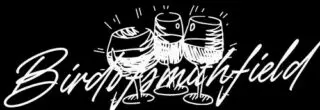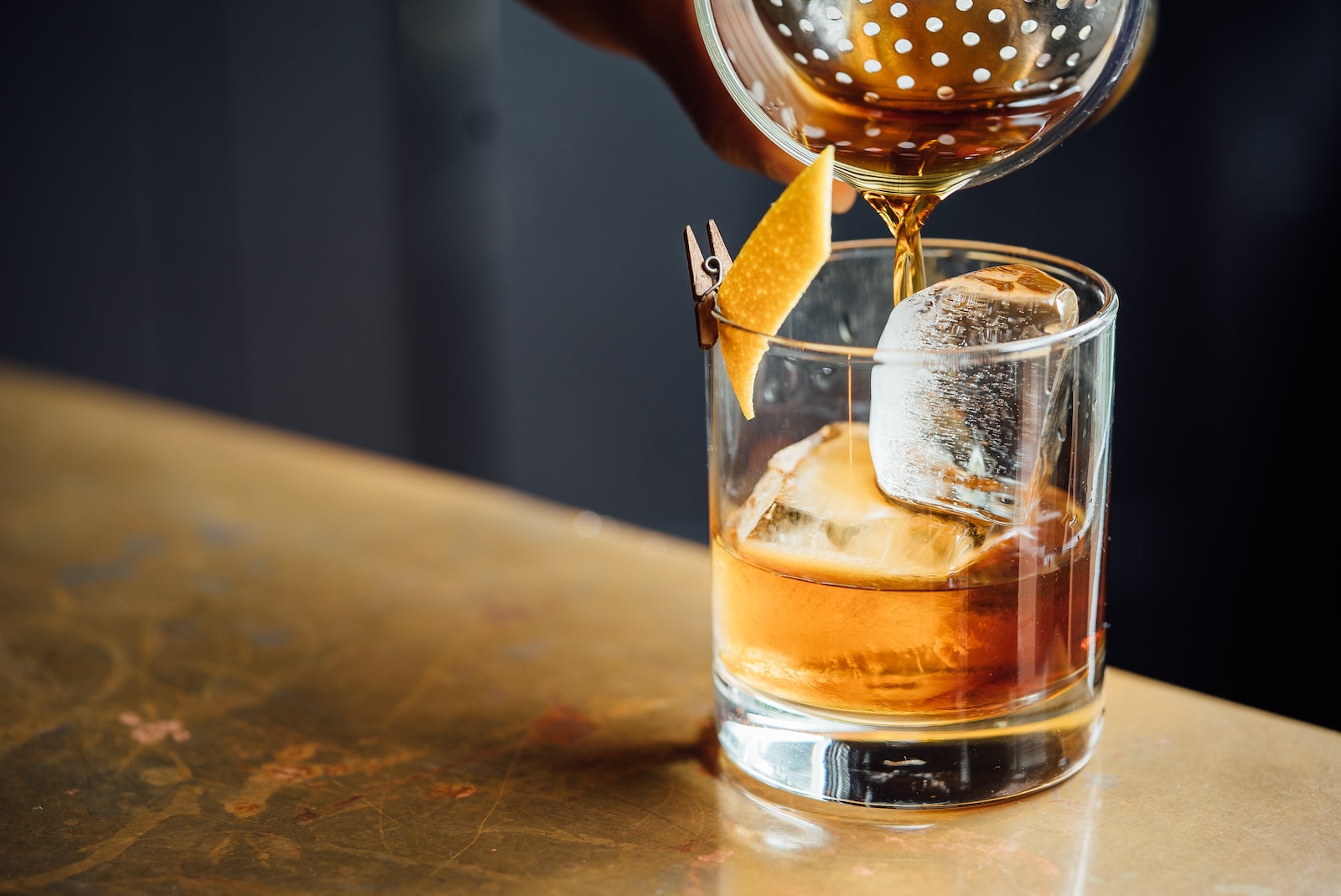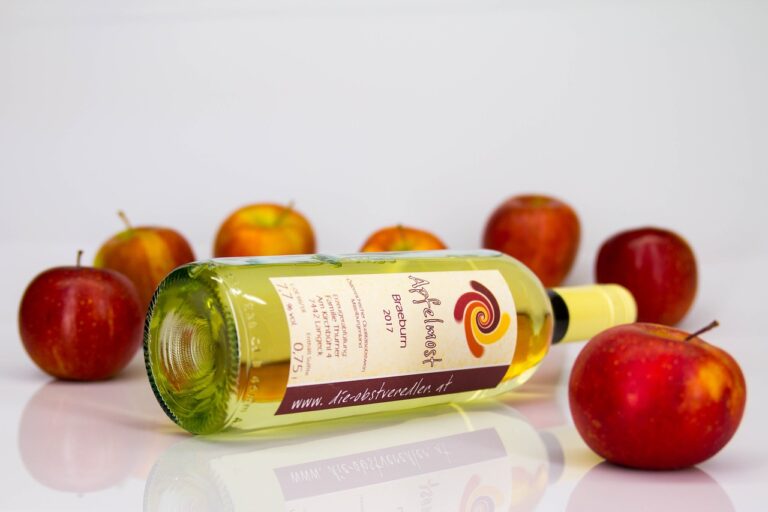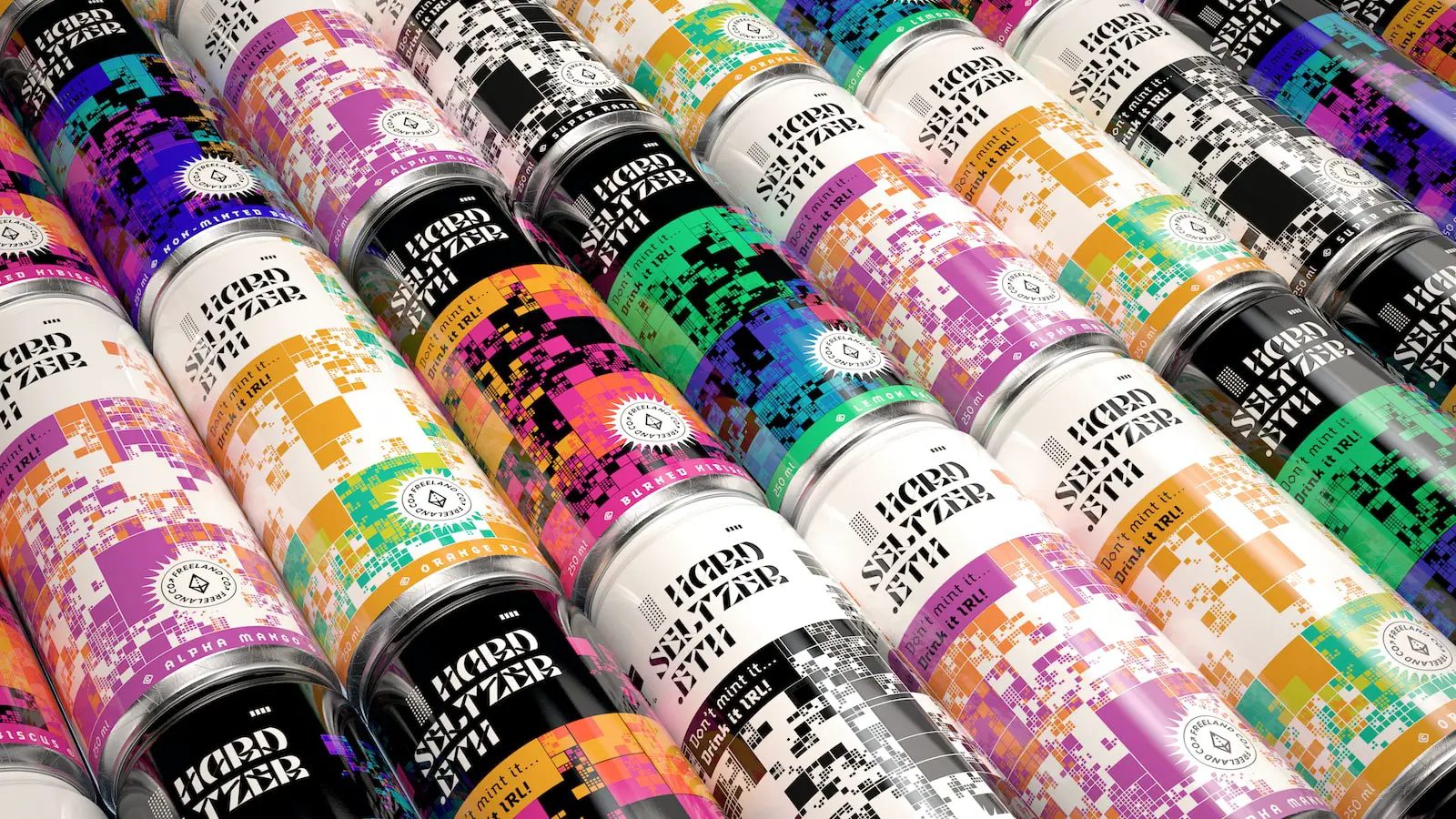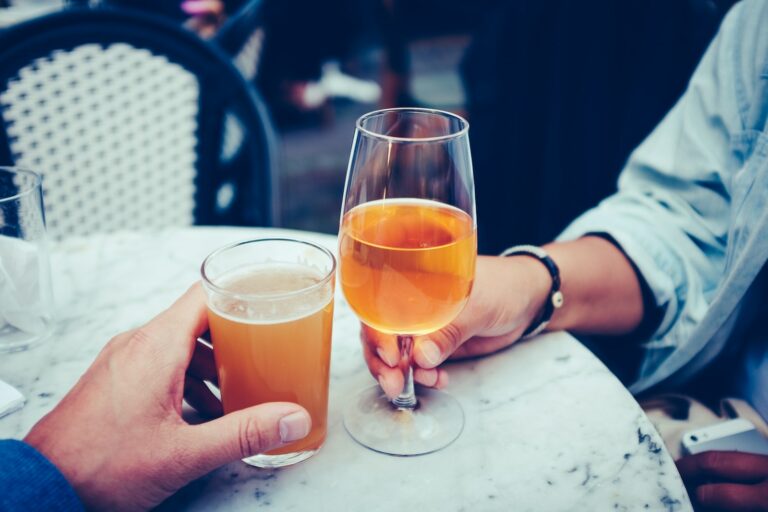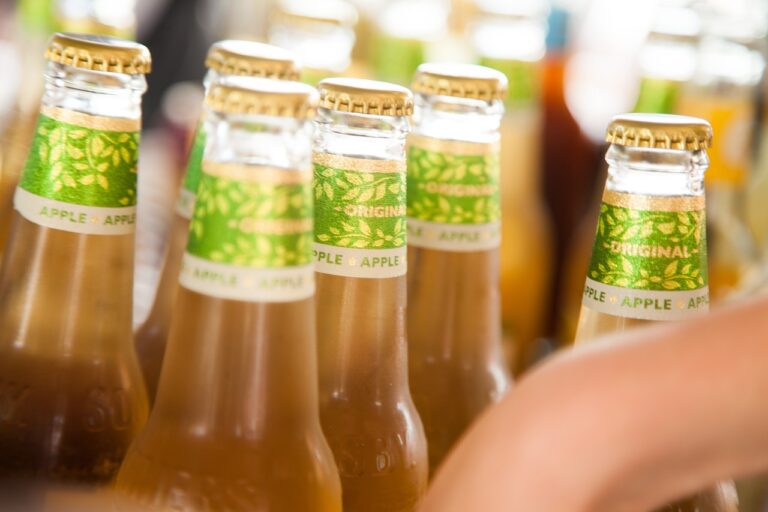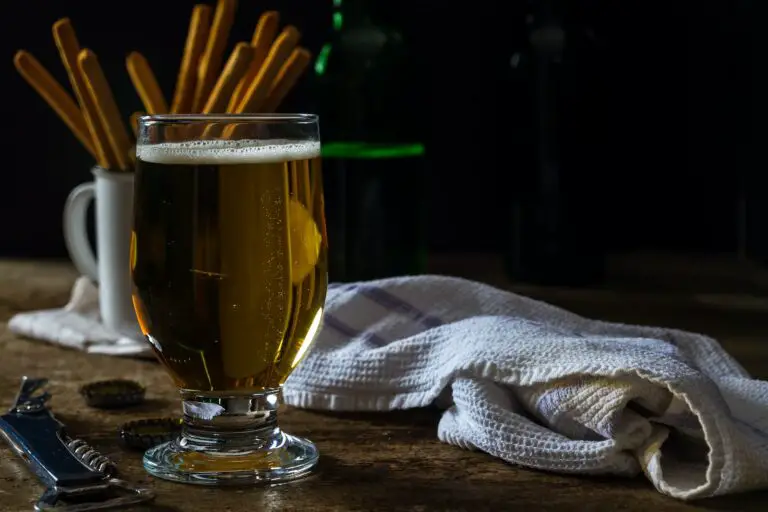Have you ever picked up a bottle of whiskey and admired its amber hue? Or sipped it neat and noted the richness of its color? If so, you’re not the only one.
Whiskey’s gorgeous colors have been captivating drinkers for centuries.
But have you ever stopped to ponder just how whiskey gets its color?
No matter which type of whiskey you prefer—a single malt, blended Scotch, rye, or even a good old American bourbon—one thing is certain: each one offers a unique hue that distinguishes it from other varieties.
But where does the color actually come from? Well, let’s take a deep dive into the science behind the spirit’s hues and understand what makes them all so unique.
In this article, we’ll discuss why some whiskeys come out light in color while others are dark at night, and even provide some tips for tasting and enjoying the colors that make your favorite whiskey so special.
Distillation Process and the Role of Oak Barrels
When it comes to whiskey, its amber color is almost as just as iconic as the spirit itself.
But have you ever wondered how exactly whiskey gets its color?
The answer lies in the distillation process.
During distillation, the alcohol vapor is cooled and condensed back into liquid form.
Through this process, many impurities are removed, but it also binds and concentrates certain molecules, including those which will later contribute to the whiskey’s color.
Once the distillation process is complete, the whiskey is then stored in oak barrels to age.
This wood aging allows for slow oxidation of the spirit and works with whiskey’s natural molecules to give it a rich amber hue.
Whiskey takes on different colors depending on the type of barrel used; for instance, if you use a new charred barrel made from American white oak, your whiskey will have a darker hue compared to using an ex-bourbon barrel for aging (which will result in a golden orange color).
Additionally, time spent aging can also affect the color of your whiskey – generally speaking, the longer it’s aged in its oak barrel, the deeper and richer its hue will be.
So, from distilling to aging in oak barrels, one can understand how whiskey gets its distinct amber color.
Whiskey Aging Factors That Affect Color
You may be wondering, how does whiskey get its color? Well, aging is primarily responsible for the color changes in whiskeys.
There are a few factors that can affect how much the whiskey will darken over time.
Type of Barrel Used
The type of barrel used plays a role in how much the whisky will darken over time.
If you want to know what kind of influence the barrel has had on the whiskey’s color, check out the label — some brands list what kind of cask was used.
For example, sherry and port barrels lend more red hues while bourbon barrels lend more yellow and amber hues.
Also noteworthy is that new barrels give more robust colors than barrels that have already been used for aging other whiskeys.
· Length of Aging Process
The length of time that the whiskey spends in its cask also affects its color—the longer it ages, the darker it usually becomes.
On average, whiskeys are aged three to four years in their casks, however, some brands age their whiskeys for as long as twenty years or more!
· The Effect of Oxygen Exposure
Oxygen exposure during aging also affects a whiskey’s color — oxygen interacts with whisky molecules and helps it mature in flavor and color.
As a result, if oxygen has been exposed to your whiskey for too long during aging or transport, its colors could end up being too red or browned out due to oxidation.
Whiskey coloring agents are rarely added these days— most modern whiskeys choose to rely on the tools discussed above to achieve desired colors! Now you know why your favorite whiskey has its specific hue!
The Different Styles of Whiskey and Their Colors
When it comes to whiskey, there’s no one-size-fits-all.
Different styles of whiskey have their own unique flavors, and they get their color in different ways.
Here are some of the most popular types of whiskey and the methods used to color them:
· Scotch
Scotch is naturally colored by aging in oak barrels.
The longer a scotch is aged, the darker its color will become.
The color of the oak barrels also lends a mellow flavor to the finished product.
· Bourbon
Like scotch, bourbon is usually colored by aging in oak barrels, though some brands may add caramel coloring to achieve consistent results between batches.
This coloring will affect both the aroma and taste of bourbon, as well as its overall appearance.
· Rye Whiskey
Rye whiskey generally gets its color from aging in charred oak barrels just like other types of whiskey, but it can also be colored with artificial coloring or caramel coloring if desired.
· Irish Whiskey
Irish whiskey follows similar methods for achieving its unique color as other whiskey styles — aging in charred or uncharred American White Oak or European Oak casks — but sometimes whisky makers use sherry casks instead which produces a darker hue.
· Blended Whiskeys
Blended whiskeys get their colors through a combination of malt whiskies (which are aged in ex-bourbon casks) and grain whiskies (which may be flavored with caramel).
Blending these two types of whiskeys creates a wide range of colors since each type of whisky takes on noticeably different tones when aged.
Conclusion
Whether you’re just getting into whisky or are an experienced enthusiast, you now know how whisky gets its color.
From aging in charred oak barrels and using caramel coloring to the differences in production processes, whisky’s range of colors all comes down to a science.
If you’re curious about the flavor of different types of whisky, start with a few samples to get a taste of different shades.
After all, with so many varieties of whisky to choose from, the best way to find out what tastes right for you is to keep exploring.
And one final tip: don’t be afraid to look past the color.
When it comes to whisky, there’s a world of flavors to discover beneath the surface.
Enjoy every sip of your journey—regardless of its shade.
